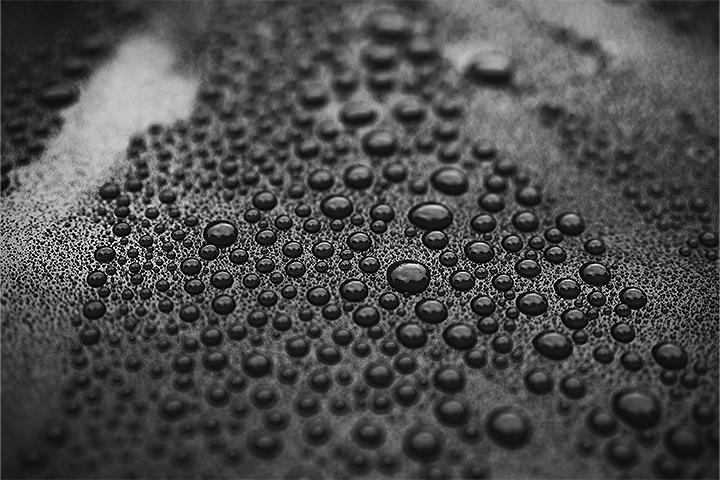Innovations in Materials Science: from Laboratory to Wet Chemistry Analysis

Materials science is advancing rapidly, delivering significant improvements in durability, energy efficiency, and manufacturing processes. In this post, I’d like to highlight a few examples of how world-class research in Sweden is driving the development of better protective coatings –especially for the demanding environment of wet chemistry laboratories.
Cutting-Edge Research at ESS and MAX IV in Lund, Sweden
The MAX IV Laboratory in Sweden, a world-leading synchrotron light source, is pushing the boundaries of high-impact materials research. Its exceptionally bright light allows researchers to examine material structures and surfaces in unprecedented detail. One striking example is the real-time study of steel during a car collision: phase transformations can now be observed in ways that were previously impossible, accelerating the development of next-generation materials[1].
Also in Lund, the European Spallation Source (ESS) is under construction and will soon become the world’s most powerful neutron microscope. This facility will enable atomic-level analysis of materials, yielding new insights in a wide area of applications. According to leading scientists, these developments will position Denmark and southern Sweden as a future global hub for materials science[2].
These examples illustrate the advanced research taking place in Sweden – research that industries worldwide rely on to create innovative solutions and superior materials. Advanced protective coatings, which we encounter every day, is one beneficiary.
Major Advances in Coating Technologies
Polymer coatings are experiencing explosive growth. They are used in everything from infrastructure and automotive applications to smartphones. Key improvements include enhanced sustainability, new functionalities (e.g., anti-glare screens), superior hardness and exceptional resistance to corrosion and wear[3].
Breakthroughs such as multilayered nano-composite coatings deliver unmatched hardness and corrosion protection. Meanwhile, powder coating technologies now enable low-temperature curing with high durability, significantly boosting manufacturing efficiency[4].
In the automotive sector, electrodeposition (ED) coating remains the gold standard for corrosion protection. Entire vehicle bodies are immersed in a paint bath and coated uniformly using electric current. Recent innovations include enhancements to tackle corrosion in harsh environments, resulting in longer-lasting vehicles with better aesthetics and safety. Optimized conversion coatings during pre-treatment further elevate ED performance for modern automotive designs.
New Uses in Analytical Laboratories
While these cutting-edge polymer and ED coating technologies were originally developed for the automotive, electronics, and infrastructure industries, they are proving invaluable in another harsh environment: wet chemistry laboratories.
Wet chemistry analysis routinely exposes instruments to aggressive acids, alkalis, and extreme temperatures – ranging from near-freezing to several hundred degrees Celsius. This is arguably one of the most punishing environments any analytical instrument will ever face. Corrosion and equipment failure have long been common challenges.
At OPSIS LiquidLINE, we’ve been working quietly to change that. We’ve adapted the best polymer and ED coating techniques from the automotive and electronics sectors specifically for laboratory instruments. The result? All our instruments now feature a distinctive black finish – not a design choice, but the direct outcome of a superior coating system that provides unmatched corrosion protection. Combined with other proprietary coating solutions, this gives us unparalleled ability to safeguard instruments in the toughest wet chemistry applications. We bring the latest research directly to laboratories running wet chemistry analysis.
Please feel free to contact OPSIS LiquidLINE today – whether you’re curious about the science or want to see how these advancements can extend the life of your own instruments.
Author: Olle Lundström, OPSIS LiquidLINE